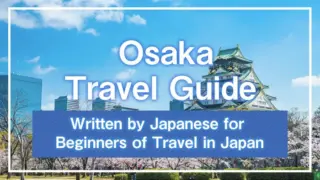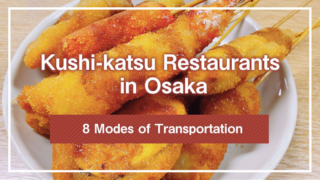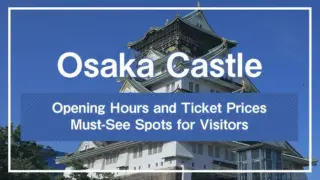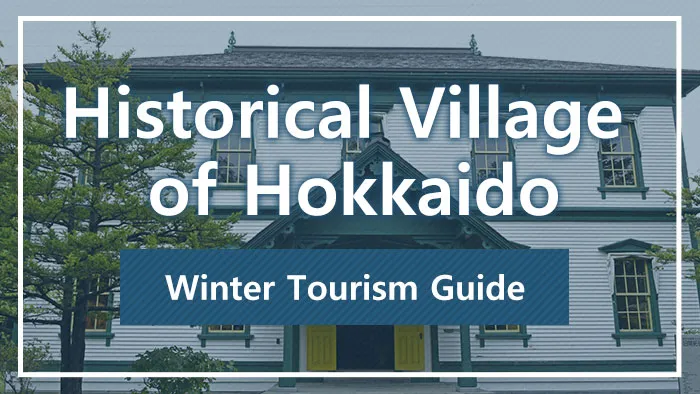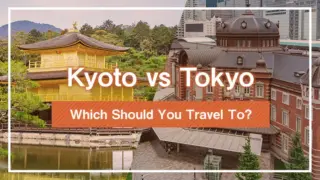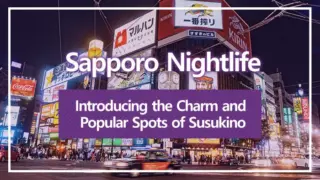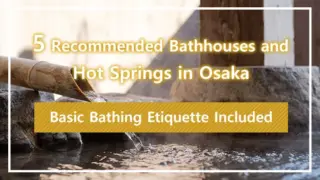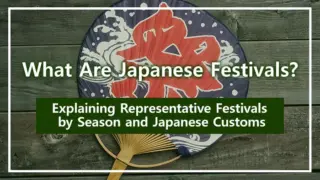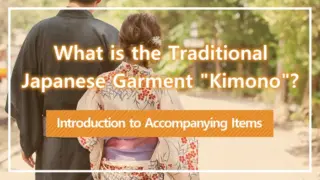Historical Village of Hokkaido is a facility where you can realistically experience Hokkaido’s rich nature and the daily life and architectural culture of the pioneering era. This open-air museum, located in the suburbs of Sapporo, preserves and exhibits buildings and household items that were actually used in Hokkaido from the Meiji to early Showa periods. The beauty of historical buildings harmonizing with the seasonal landscapes is remarkable, offering many attractions including hands-on events, rides, and volunteer hospitality.
This article provides detailed information about Historical Village of Hokkaido, from basic information to winter activities. Enjoy snow country activities unique to the region, such as bamboo skiing, sledding, and horse sleigh experiences.
1. What is Historical Village of Hokkaido?
Historical Village of Hokkaido is an open-air museum that recreates the daily life of Hokkaido’s pioneering era from the Meiji to early Showa periods. It opened in 1983 to commemorate the 100th anniversary of Hokkaido’s development. Located within Nopporo Forest Park in the suburbs of Sapporo, this vast 54.2-hectare site preserves historical buildings that have been relocated and restored from all over Hokkaido.
The museum is divided into four zones: “Urban Area,” “Agricultural Village,” “Mountain Village,” and “Fishing Village,” each recreating the unique lifestyles and architectural styles of their respective regions.Not only the exterior appearance of buildings but also the interior furnishings and furniture faithfully recreate the period, allowing visitors to feel as if they’ve traveled back in time to the pioneering era.
Seasonal hands-on events are also held, providing opportunities to learn deeply about Japanese traditional culture while having fun.
1-1. Basic Information about Historical Village of Hokkaido
Historical Village of Hokkaido’s operating hours are 9:00-17:00 (last admission 16:30) from May to September, and 9:00-16:30 (last admission 16:00) from October to April. The museum is closed on Mondays, except during holidays and the Sapporo Snow Festival period when it remains open.
Admission fees are 1,000 yen for adults, university students, and high school students, with discounts to 800 yen for Hokkaido residents and groups of 10 or more. Admission is free for junior high school students and younger, those 65 and older, and those with disability certificates.
The facility offers wheelchair and stroller rentals, nursing rooms, and other amenities to ensure comfortable visits for everyone. Cashless payments and web tickets are also available, making advance preparation smooth.
1-2. Access and Transportation Methods
Historical Village of Hokkaido can be accessed by both public transportation and private vehicle.
When using public transportation, get off at JR Chitose Line “Shin-Sapporo” Station or Subway Tozai Line “Shin-Sapporo” Station, then board JR Hokkaido Bus [Shin22 Kaitaku-no-mura Line] from Shin-Sapporo Bus Terminal North Lane Platform 10. The journey takes about 20 minutes to the final stop “Kaitaku-no-mura.”
Driving is also convenient, with 400 free parking spaces available at the facility.
2. Experience Snow Country Life! Try Winter Activities at Historical Village of Hokkaido!
Historical Village of Hokkaido holds “Winter Life Experience” events annually from early January to mid-March. While wearing cold-weather clothing and using daily implements from the Meiji to early Showa pioneering periods, you can actually experience winter life of that era through activities like wooden and bamboo skiing, sledding, snow shoveling, and snowshoe experiences.
Here, we’ll introduce the activities you can actually experience.
2-1. Bamboo Skiing
Bamboo skis are traditional sliding equipment made utilizing the flexibility and lightness of bamboo. With a simple structure where you hook your shoe’s toe onto the curved part of the bamboo and slide on snow, they provide surprisingly good sliding sensation and can be enjoyed by both children and adults. Unlike ski boards, they have no bindings and can be easily used on flat ground or gentle slopes, making them accessible winter recreation for beginners.
2-2. Wooden Skis
Wooden skis are authentic sliding equipment that became popular from the late Meiji to early Showa periods. In Hokkaido, ski culture took root through the influence of foreign teachers, and especially from the Taisho period onward, the Norwegian-style two-pole method became widespread.
At Historical Village of Hokkaido, you can experience the sliding sensation of that era using traditional wooden ski boards and poles.They have a rustic charm different from modern skis and provide opportunities to learn about their role not just as recreation but as winter transportation.
2-3. Sledding
Sleds have been used as essential means of transportation and freight in Hokkaido’s winters. The village has replicated wooden cargo sleds that were used at old train stations and post offices, allowing visitors to actually experience them. While originally used for cargo transport, sleds were also active in snow hill sliding recreation.
2-4. Hand-Pulled Sleds
Hand-pulled sleds were transportation used as alternatives to rickshaws during snowy winter months. What can be experienced at the village is an improved version of the Russian-style commonly used in Hokkaido, featuring seats and a retro appearance. They were mainly used in urban areas and were commercially introduced at hospitals and hotels. You can experience how people of that era devised winter transportation methods.
2-5. Snow Shoveling
Snow shoveling, an essential winter household task in Hokkaido, can also be experienced at the village. Tools used include “johnba” and “bamboo johnba” snow removal implements that were once used in homes and railway yards. These tools made of wood and bamboo were selected according to snow quality.
By actually performing manual snow removal, you can physically feel the hardships and ingenuity of life in that era. Rather than mere work, understanding the shape and usage of tools deepens appreciation for living culture.
2-6. Snowshoes
Snowshoes are traditional tools worn on feet for walking on snow. By wearing them under straw shoes or boots, the structure prevents sinking into snow while walking, with regional variations in shape including single-ring, bamboo-mat weave, and gourd types. At the village, you can experience actually walking on snow wearing snowshoes, experiencing the wisdom and techniques for movement in snowy areas.
3. Experience Horse Sleighs at Winter Historical Village of Hokkaido
Historical Village of Hokkaido offers winter-limited “horse sleigh” experiences. The “horse-drawn tramway” that operates in summer transforms into “horse sleighs” during the snowy season, gently traveling through silver landscapes.Operating from mid-December to March on weekends, holidays, and during the Sapporo Snow Festival period, with rides costing 250 yen for ages 3 and up.
Horse sleighs seat about 6 people in wooden sleighs and tour approximately 700 meters through the village’s recreated pioneering-era streets over about 10 minutes. During the journey, staff provide historical commentary while you can observe Meiji and Taisho period architecture up close. The retro streetscape harmonizing with snow scenery creates beauty like a movie scene.
The gentle sound of horse hooves and bells, and the winter fragrance floating in the crisp air create special moments you can’t experience elsewhere.
4. Fully Enjoy Winter at Historical Village of Hokkaido
At Historical Village of Hokkaido, you can experience the daily life and culture of that era while viewing numerous historical buildings wrapped in snow. Enjoy taking photos in atmospheric spaces and savoring tea by the hearth – a time to see, touch, and rest. Here are recommended ways to spend your time.
4-1. Enjoy Retro Buildings in Snow Scenery
Historical Village of Hokkaido features over 50 buildings constructed from the Meiji to early Showa periods that have been relocated and restored. The urban area displays buildings that convey the work and daily life of that era, including the Former Otaru Newspaper Company, Former Hirose Photography Studio, and Former Yamamoto Barber Shop, with impressive interior recreated exhibits. In winter, historical buildings are wrapped in blankets of snow, creating scenery as if you’ve truly traveled back to the pioneering era.
The contrast between white snow and historical architecture highlights Hokkaido’s unique beauty. It’s perfect for photography, with many visitors captivated by the scenery. By slowly walking through each zone, you can experience both Hokkaido’s history and seasonal charm.
4-2. Rest in Historic Buildings That Served as Drama Locations
開拓の村の見学の際は、ニシン番屋・旧青山漁家住宅で一息いかがでしょう。
— 北海道開拓の村 (@kaitaku_no_mura) February 16, 2025
毎日、開拓の村ボランティアが火が入った囲炉裏端で解説しています。#囲炉裏 #囲炉裏端 #ニシン #ニシン番屋 #昔の生活 #開拓の村 #北海道開拓の村 #札幌 #札幌観光 #sapporo #sapporotrip #hokkaido #historicalvillage pic.twitter.com/dSd4BN7M4G
The Former Aoyama Family Fishing House is the main house and bunkhouse of the prestigious Aoyama Family who operated herring fishing in Otaru, and is one of Historical Village of Hokkaido’s most popular buildings. This building is also known as a filming location for the NHK morning drama series “Massan.” From November to March on Saturdays, Sundays, and holidays, volunteers provide tea service in the room with the hearth (10:00-16:00).
The time spent drinking steaming tea around the glowing charcoal fire provides perfect healing moments for cold winters. Enjoy special winter experiences that warm both heart and body.
Conclusion
Historical Village of Hokkaido is not merely a tourist destination but a valuable learning place where you can study regional history and culture. Winter offers enjoyment of a silver world, providing new discoveries with each visit. Times spent experiencing tea by the hearth and swaying on horse sleighs provide moments away from daily hustle to calm the heart.
Access from central Sapporo is excellent, easily reachable by both public transportation and private vehicle. Please visit Historical Village of Hokkaido, which combines historical value with winter atmosphere, for memorable experiences.
*This article is based on information available as of June 2025.

